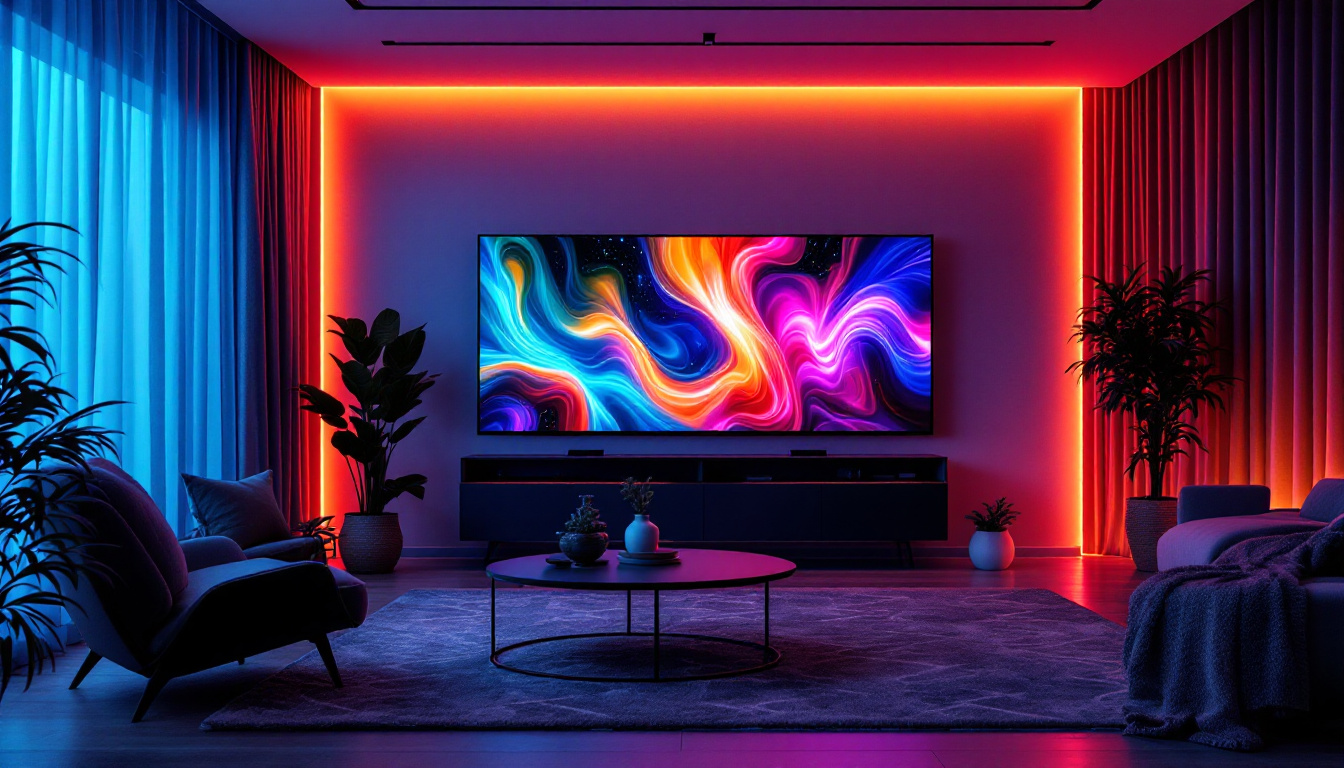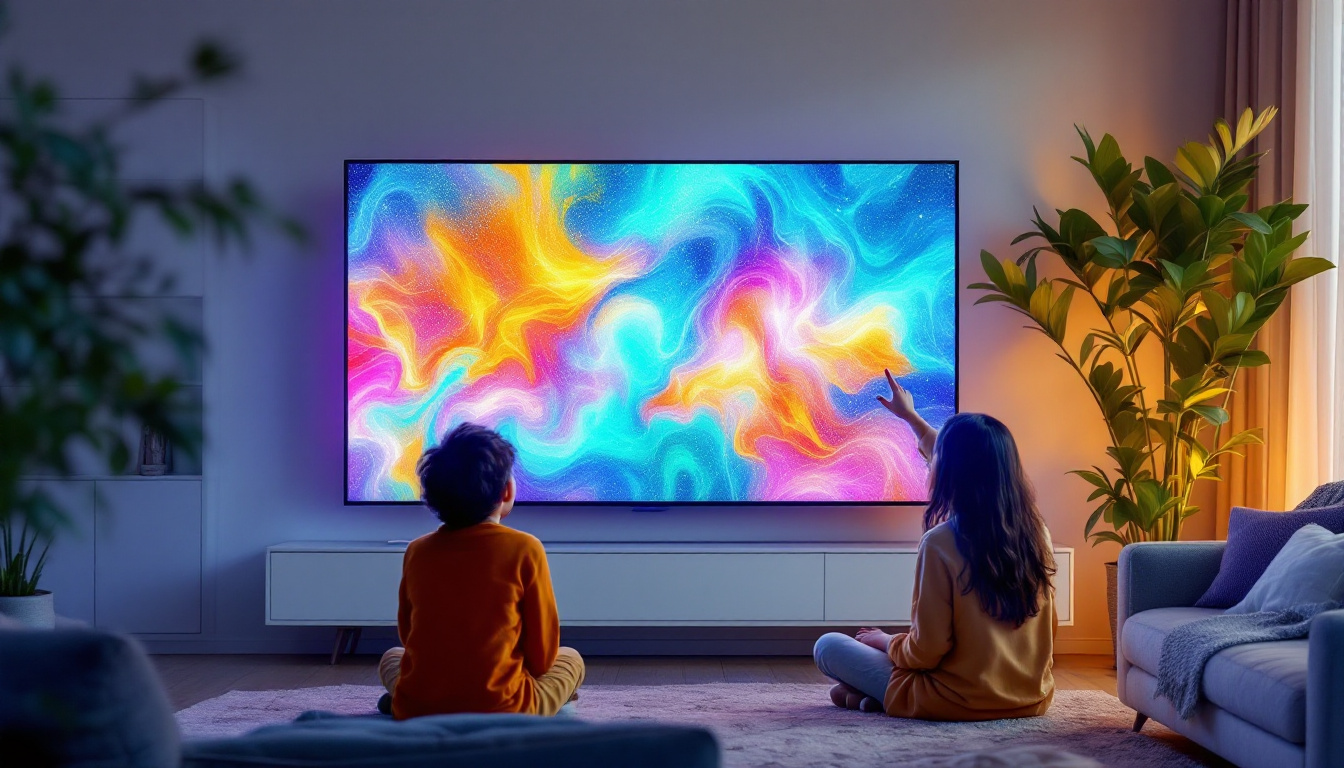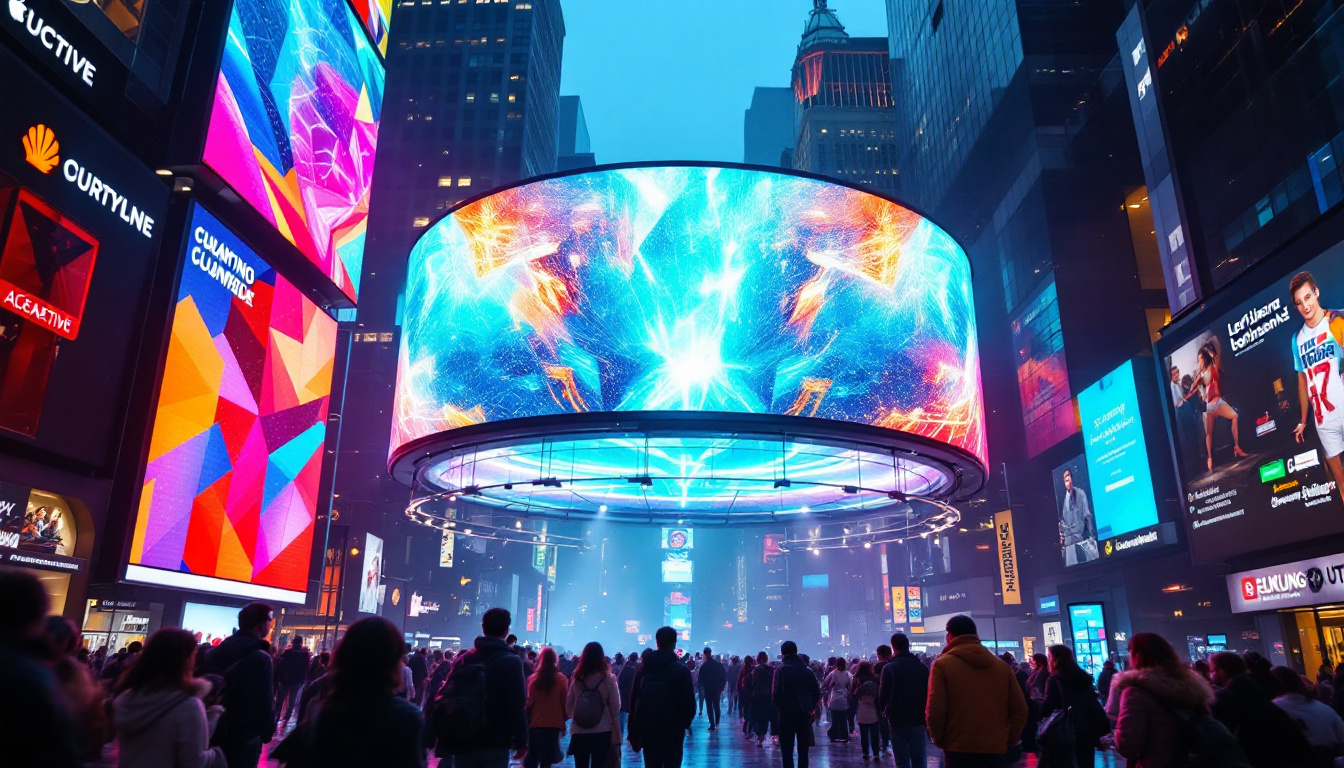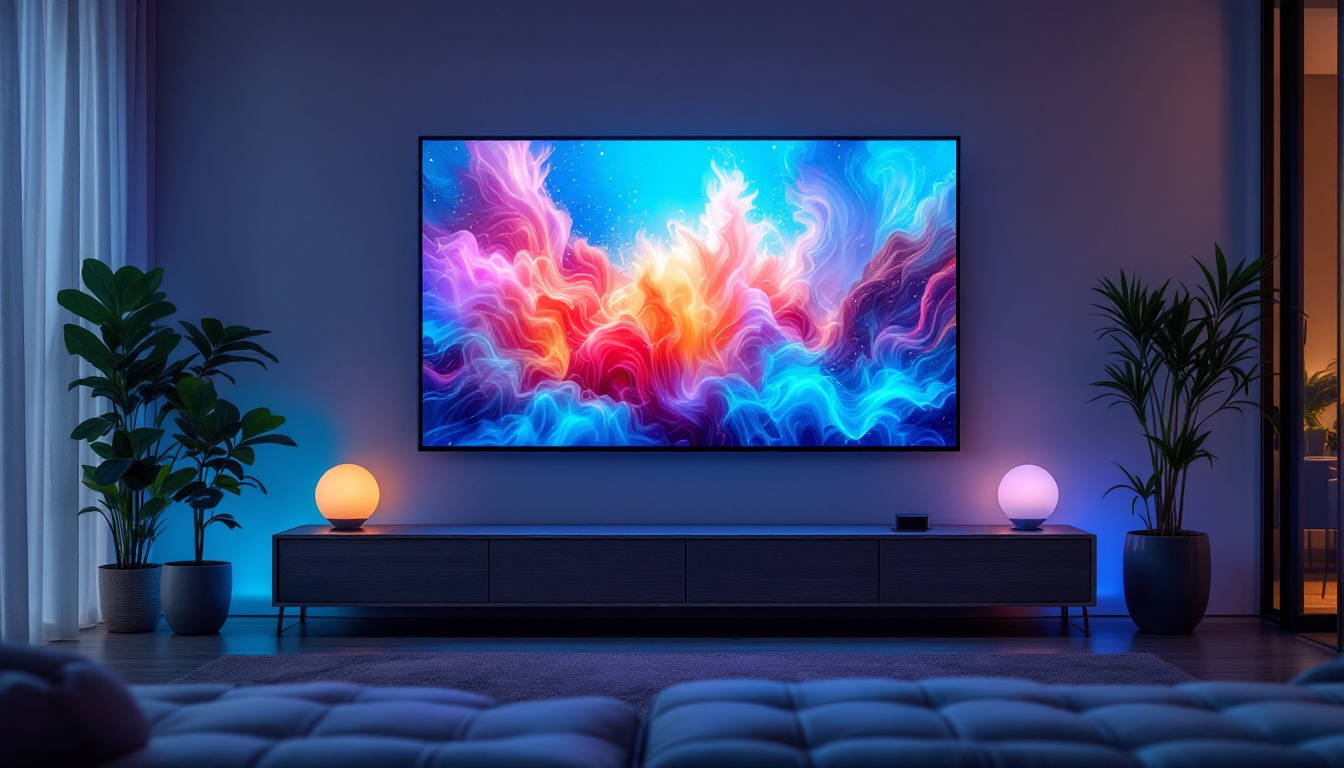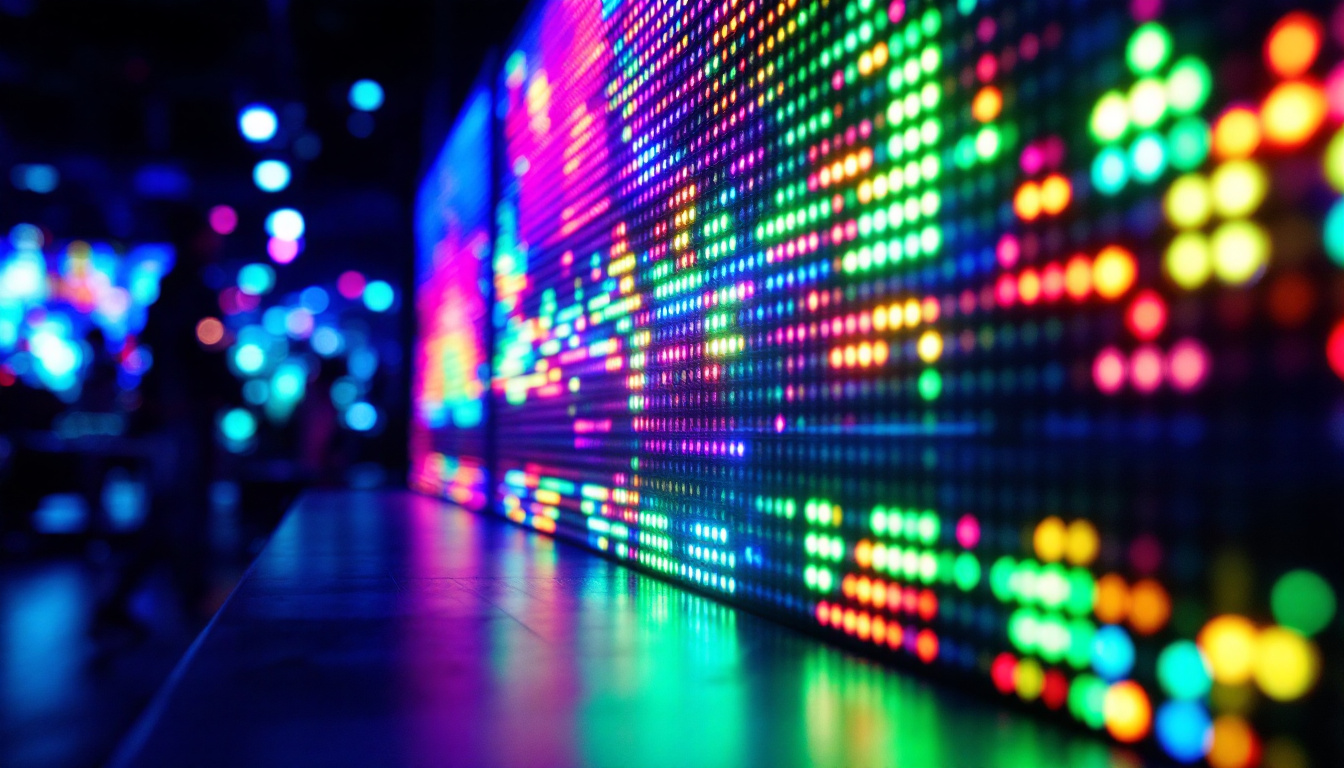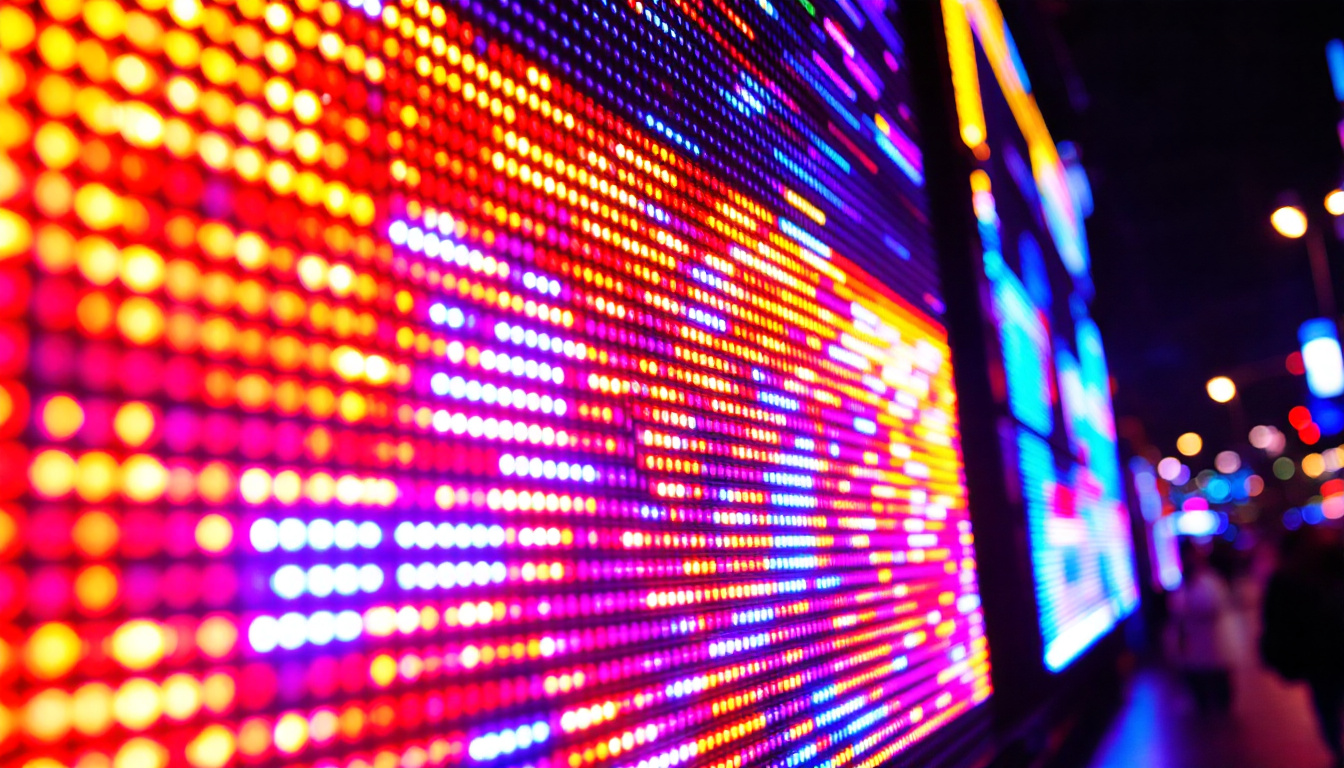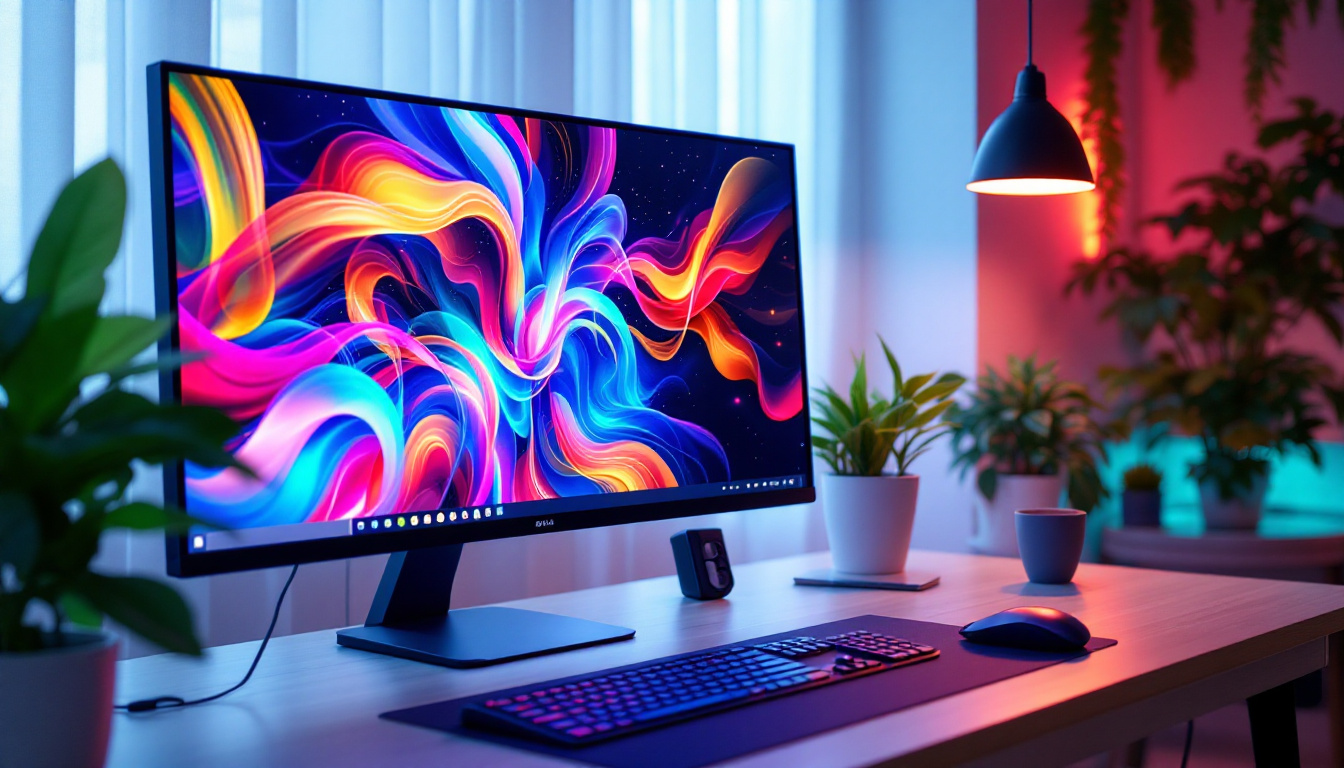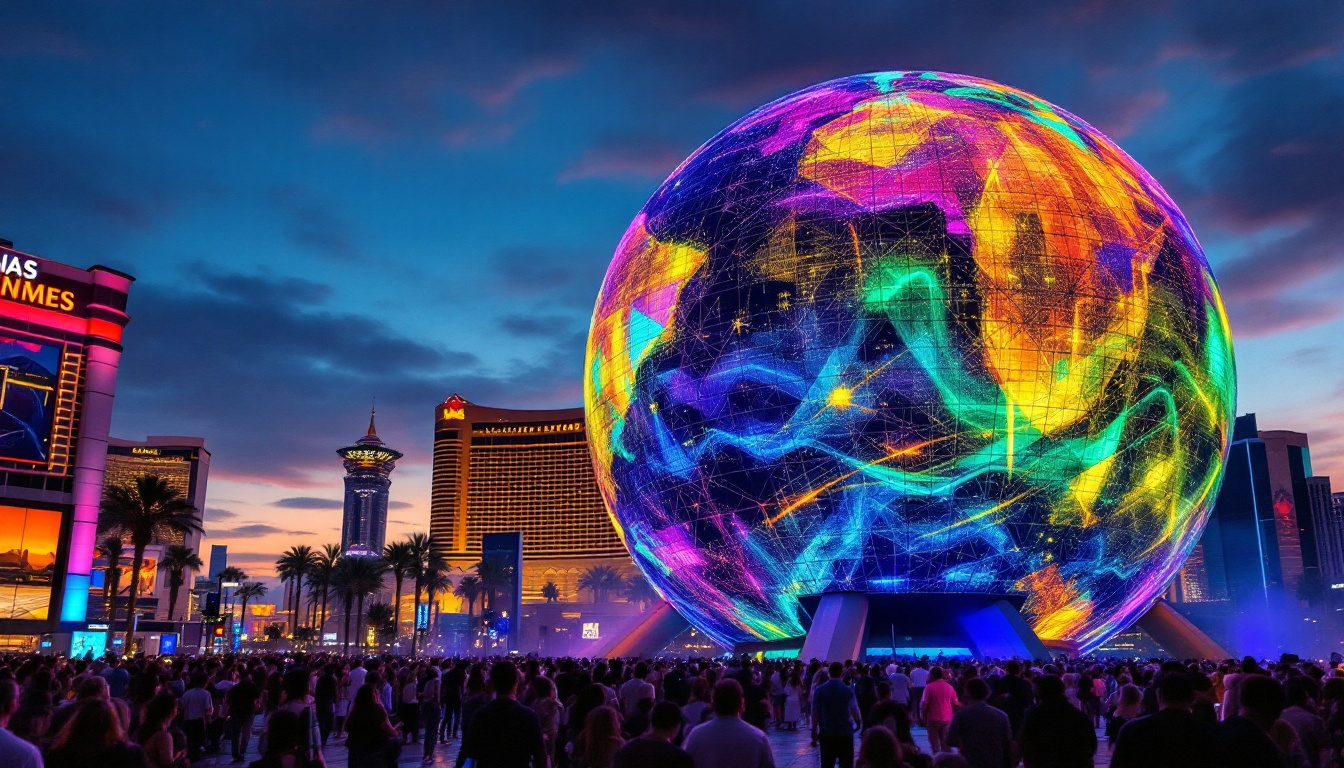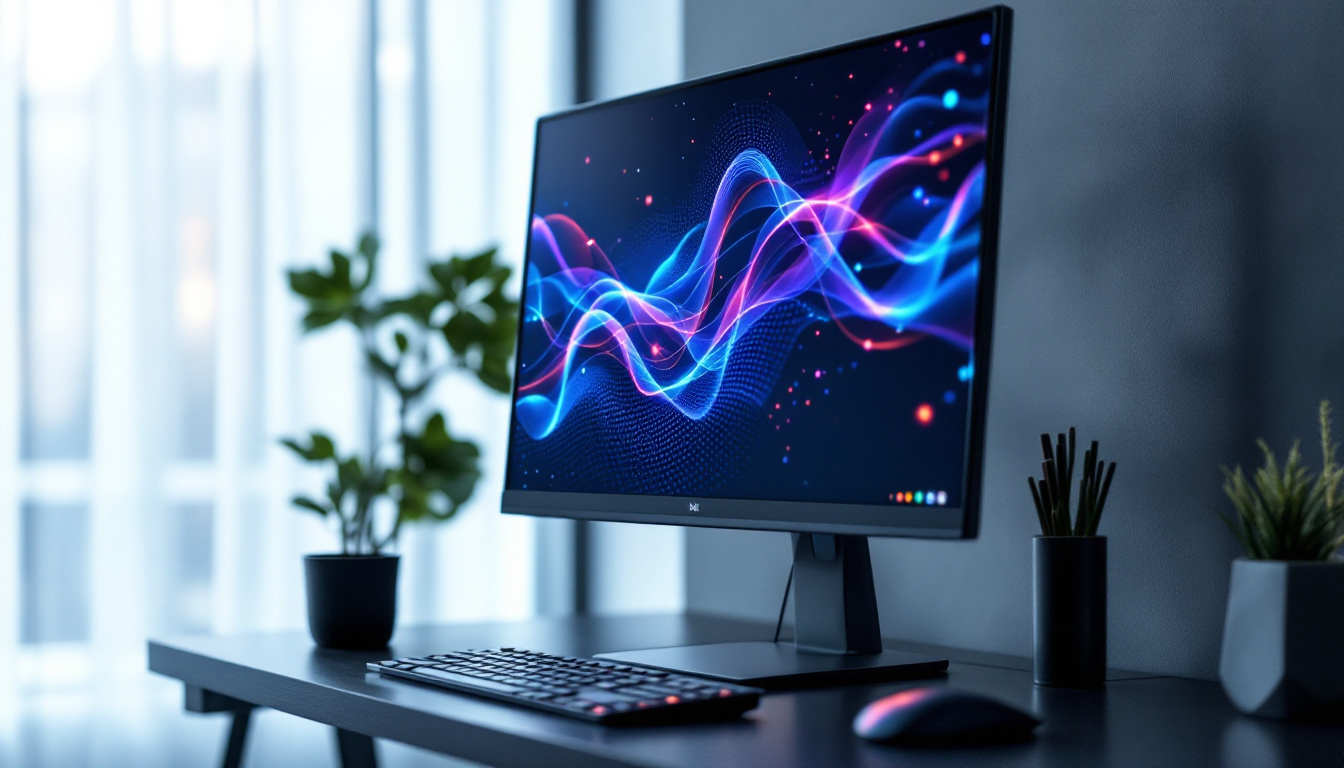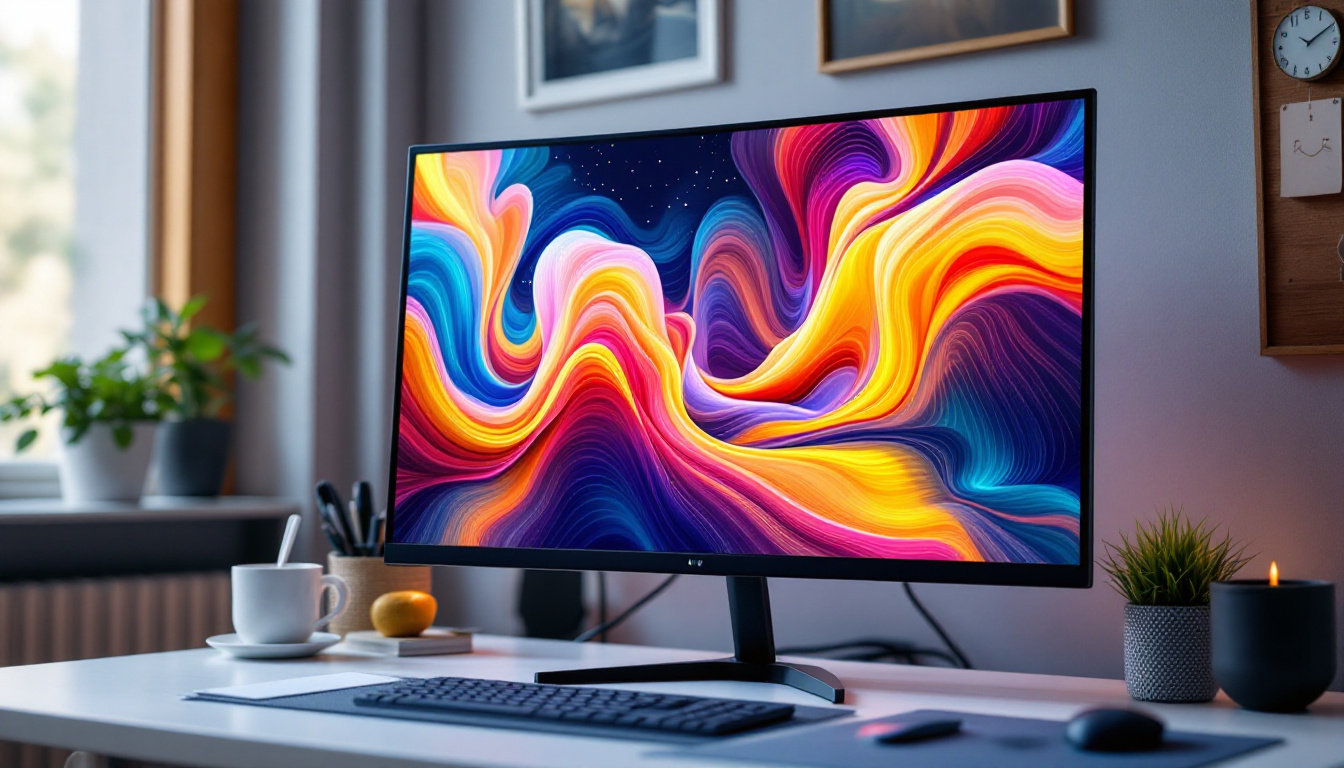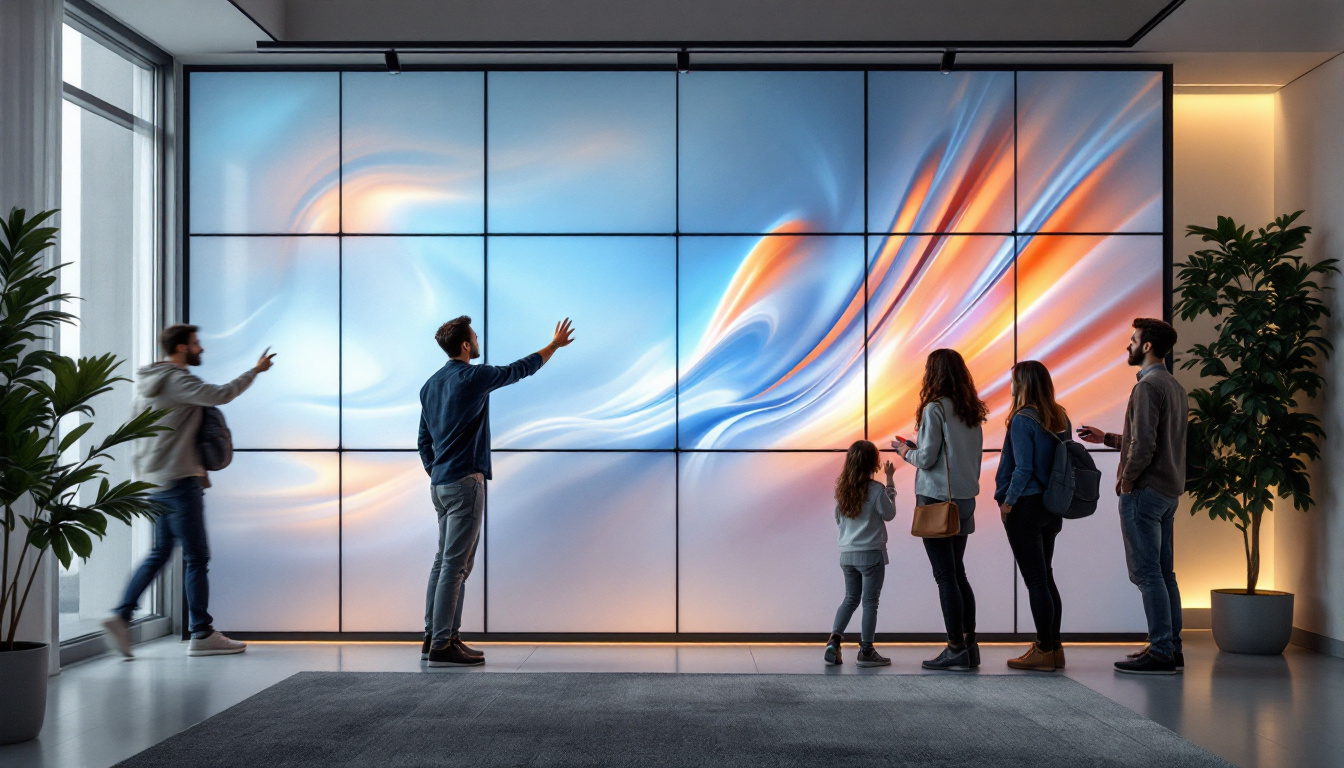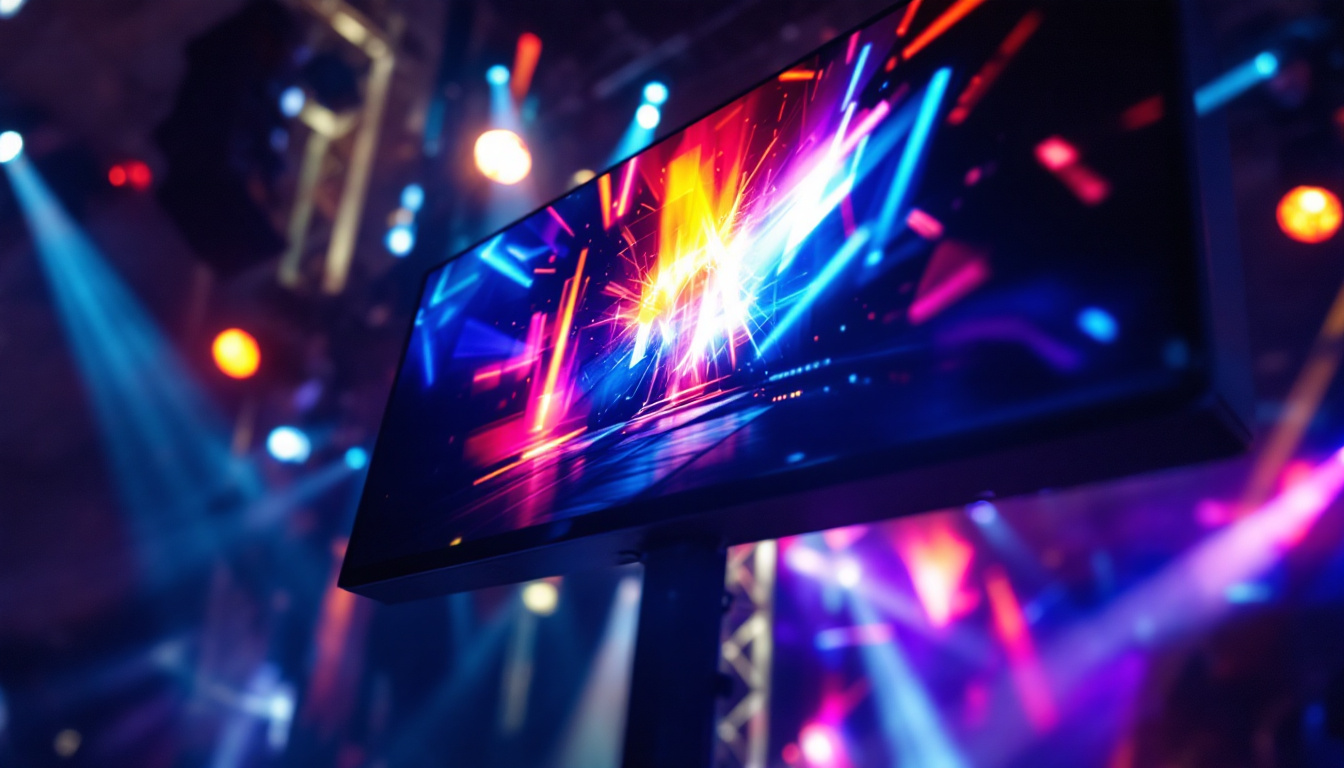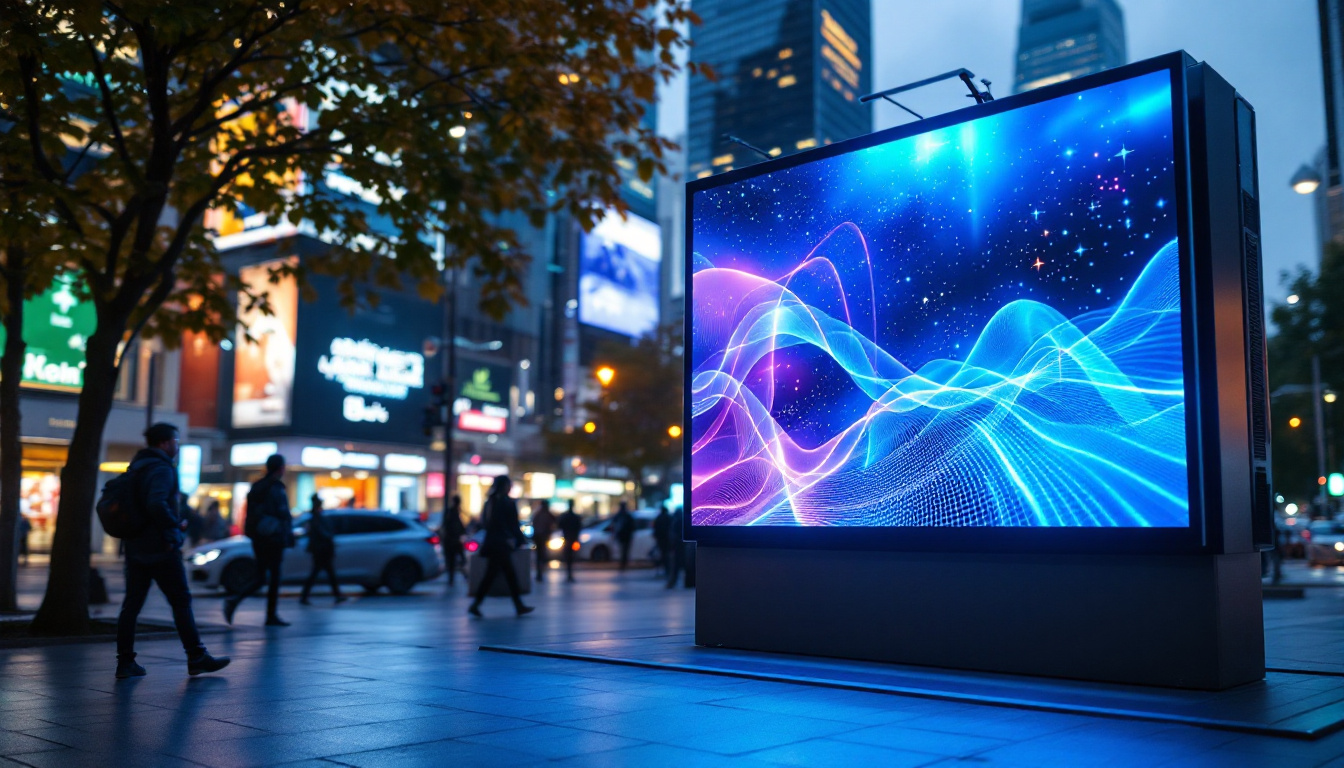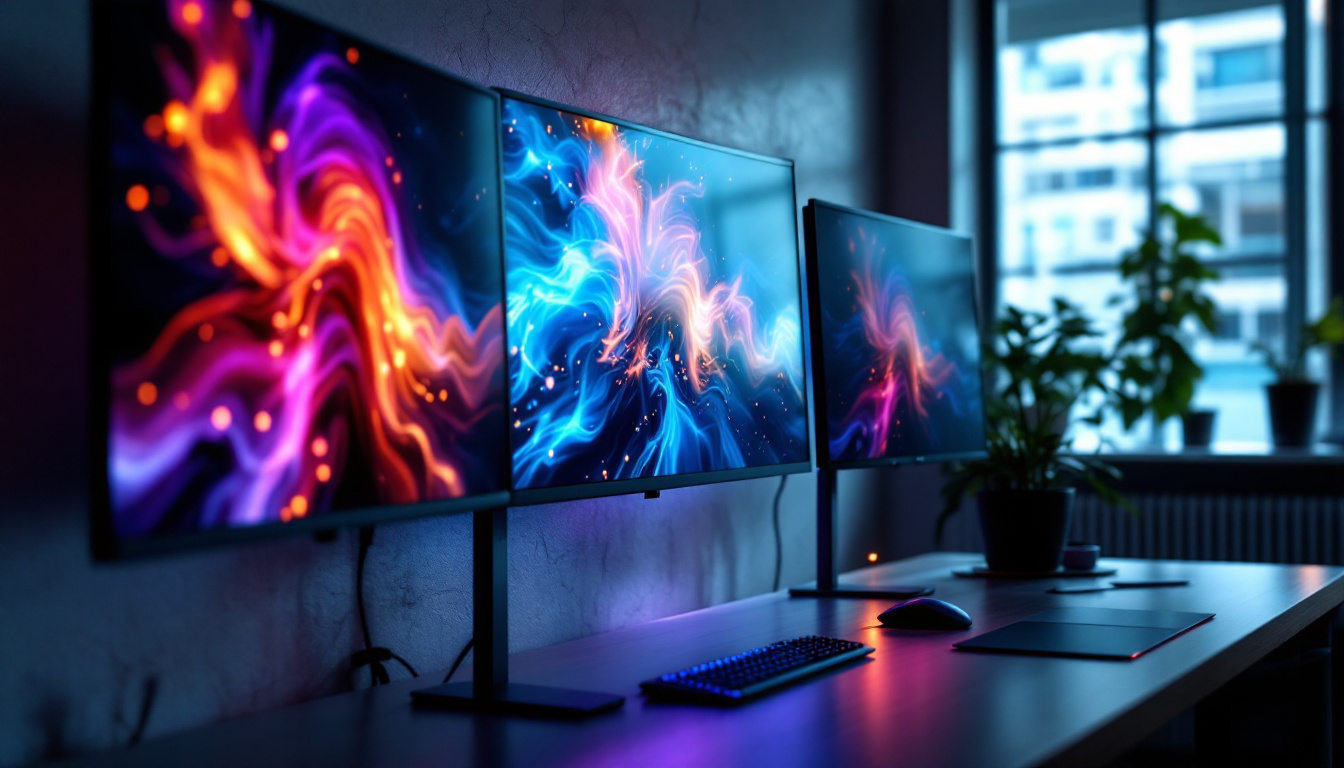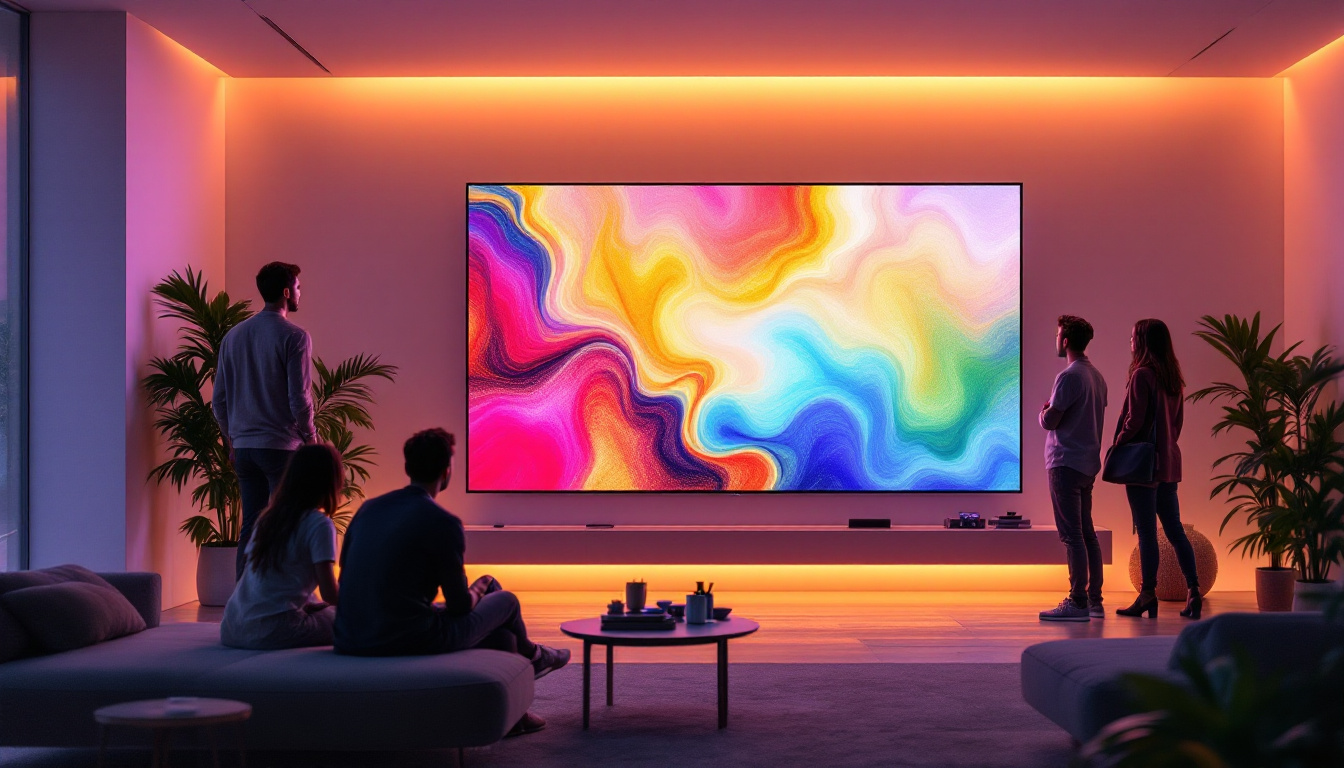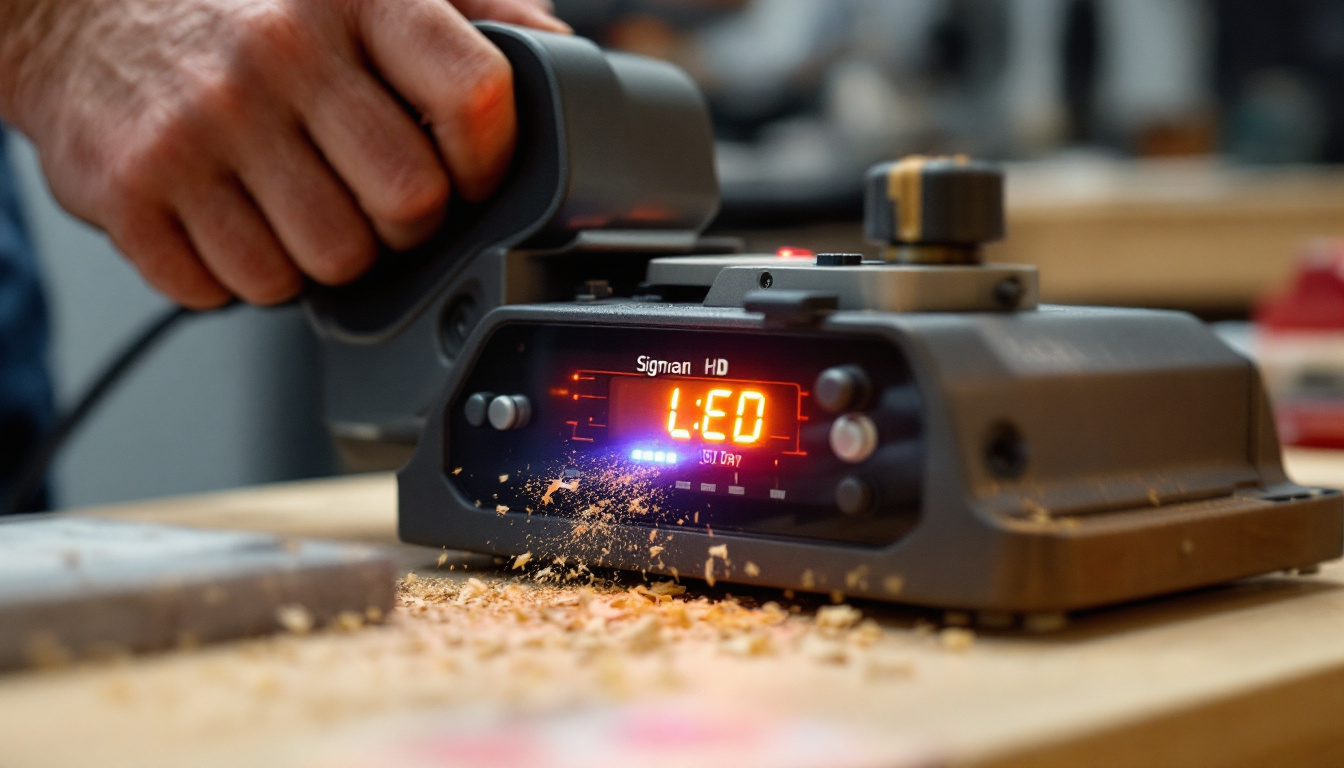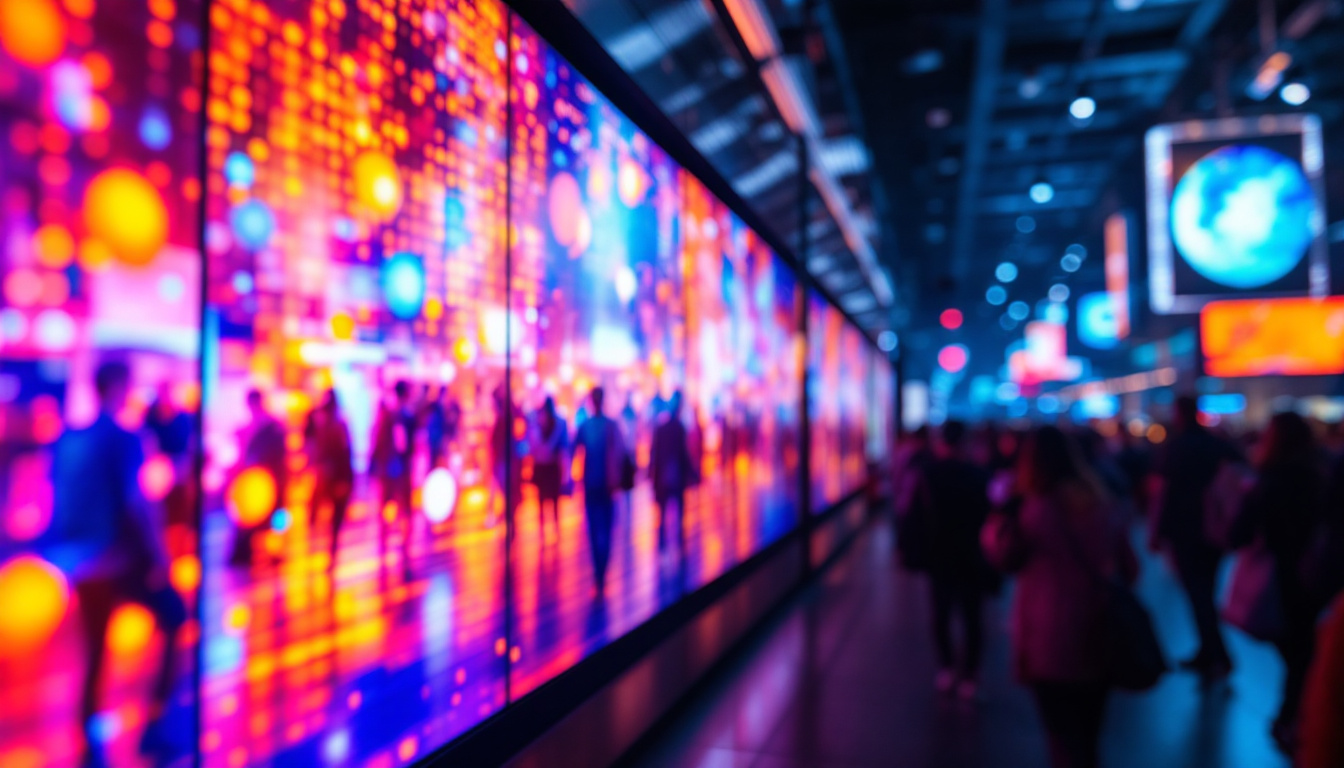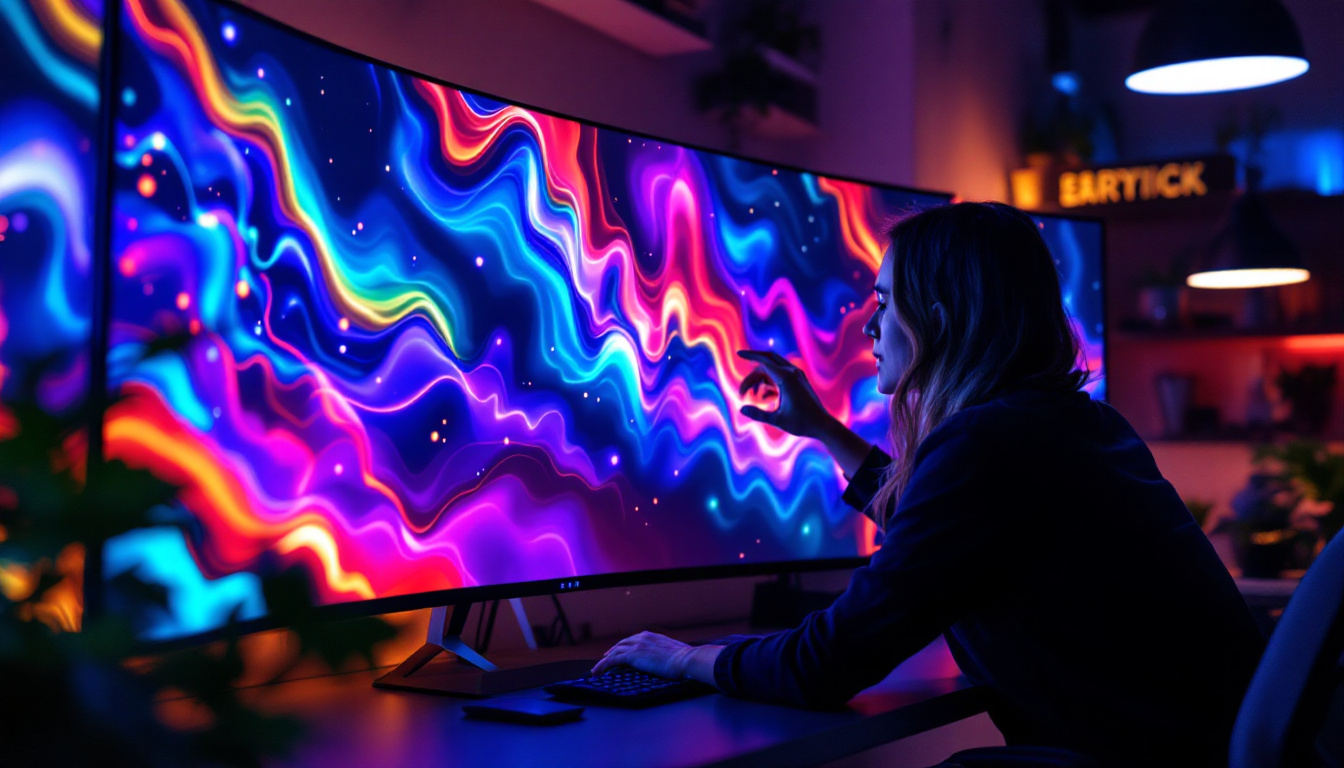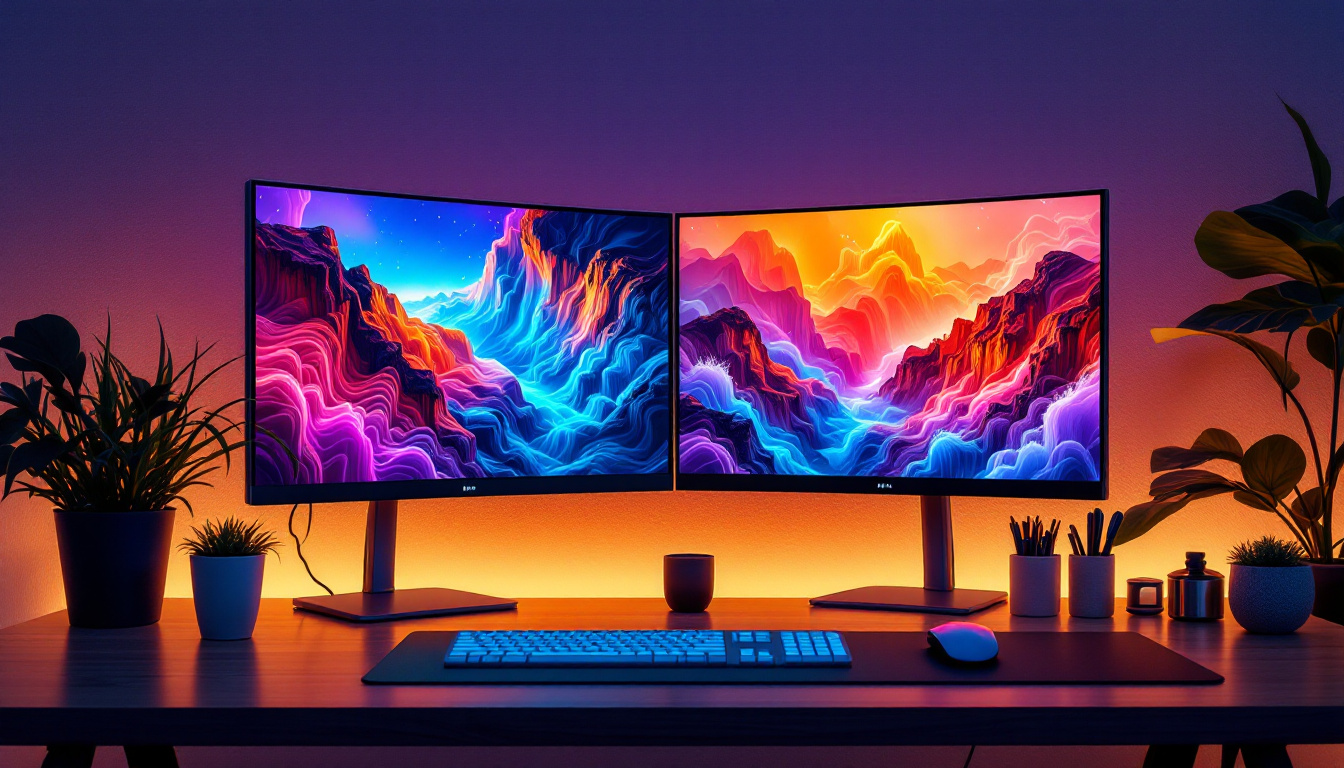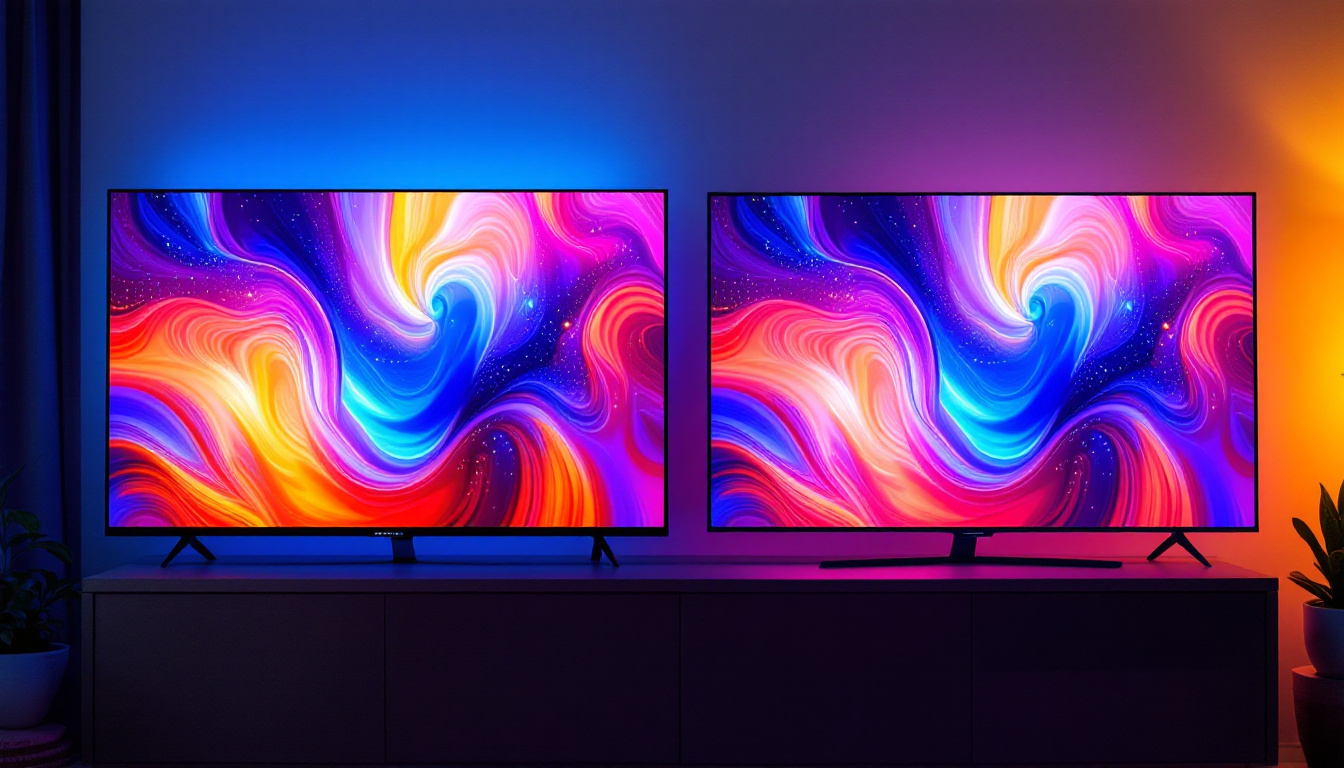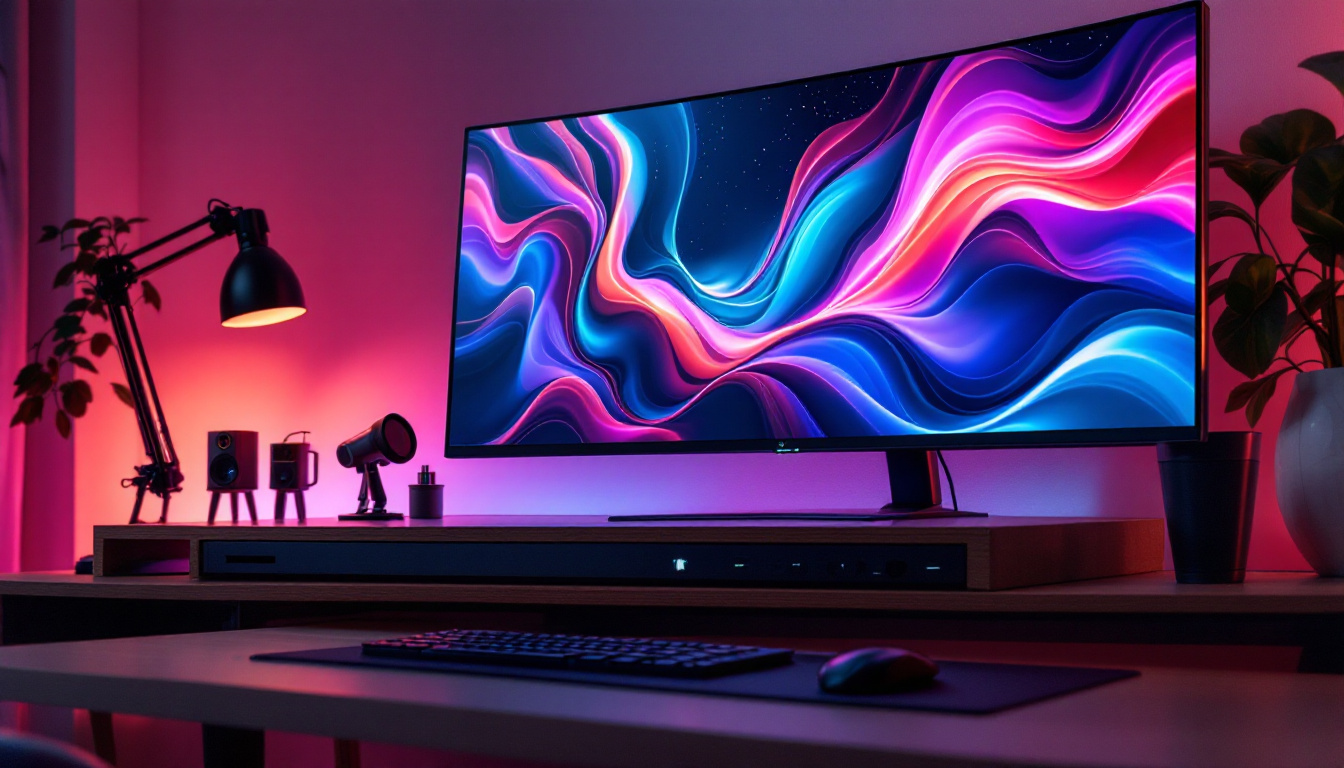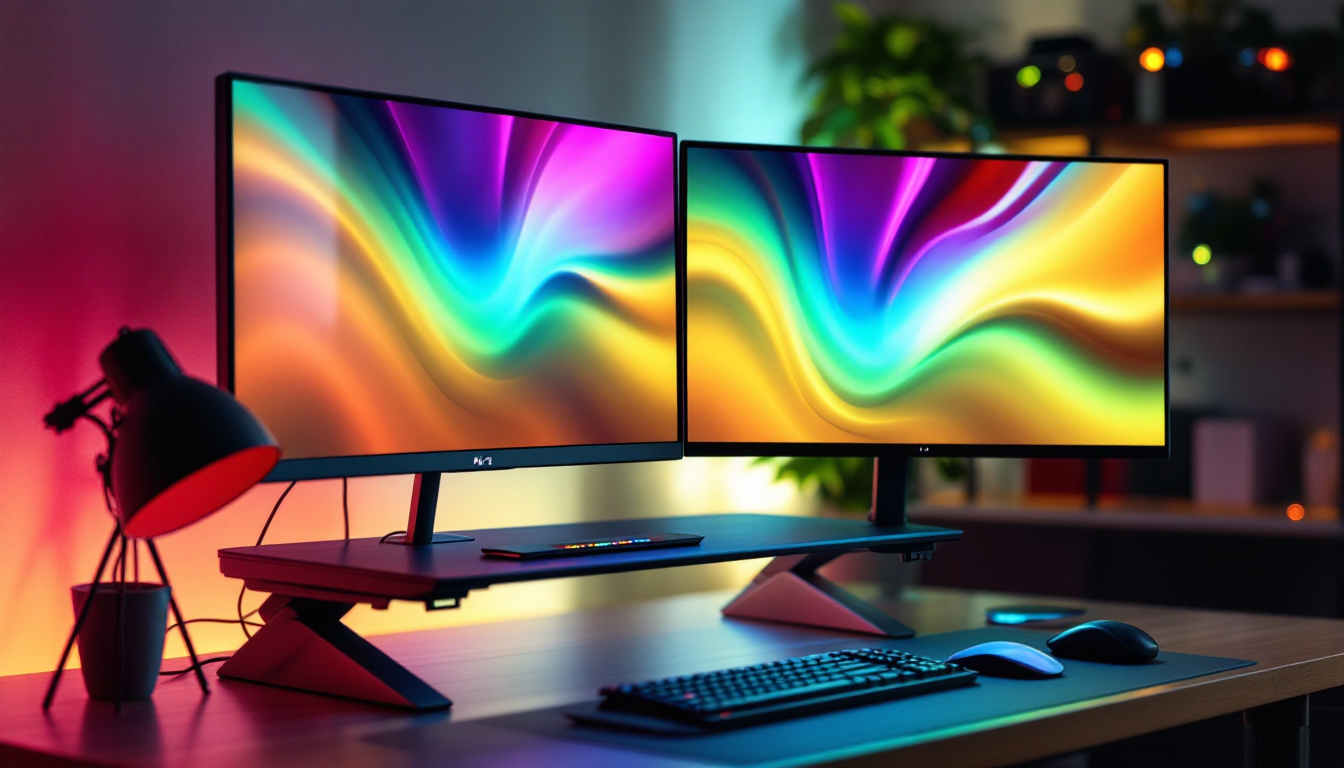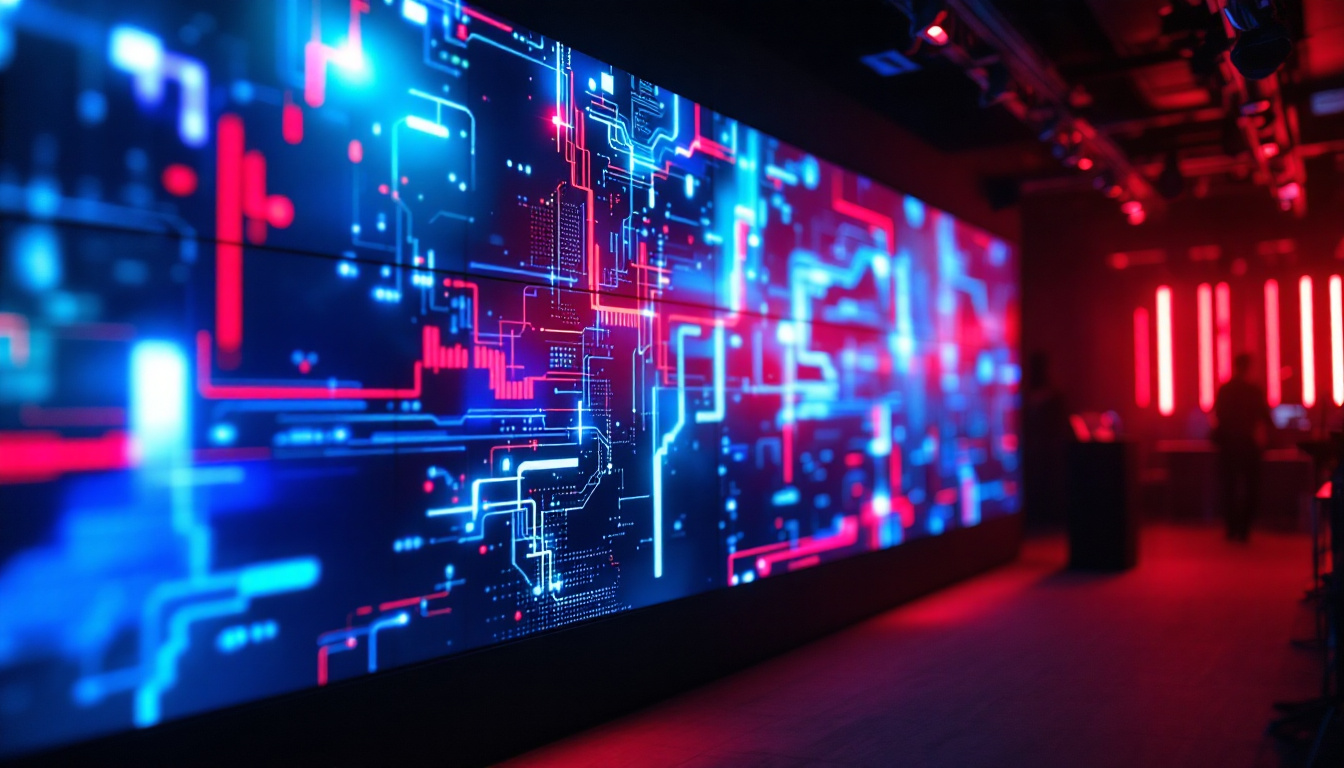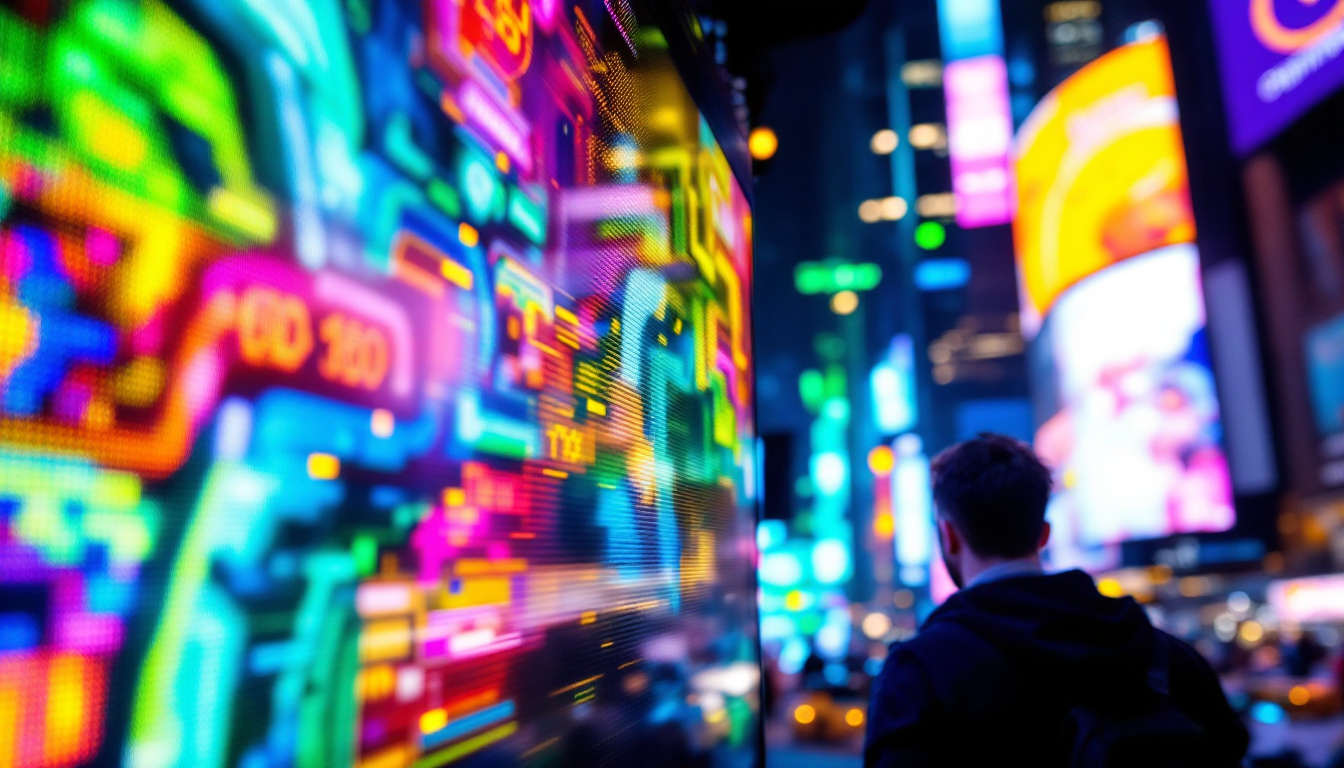In today’s digital age, media rooms have become essential spaces for entertainment, gaming, and immersive experiences. The right lighting can significantly enhance the atmosphere and functionality of these rooms. Among the various lighting options available, LED displays stand out for their versatility and efficiency. This article explores the intricacies of LED displays in media rooms, highlighting their benefits, types, and installation considerations.
The Importance of Lighting in Media Rooms
Lighting plays a crucial role in setting the mood and enhancing the viewing experience in a media room. It not only affects the ambiance but also impacts the functionality of the space. Proper lighting can help reduce eye strain, improve visibility, and create a more engaging environment.
In a media room, the combination of ambient, task, and accent lighting is essential. Ambient lighting provides overall illumination, task lighting focuses on specific areas, and accent lighting highlights certain features. LED displays can serve multiple purposes within this framework, making them an ideal choice for media rooms.
Enhancing the Viewing Experience
One of the primary functions of lighting in a media room is to enhance the viewing experience. LED displays, with their bright and vibrant colors, can significantly improve picture quality. They can be adjusted to complement the content being viewed, whether it’s a movie, a video game, or a presentation.
Moreover, LED lights can create dynamic backgrounds that change according to the mood of the content. For instance, a horror movie might benefit from darker tones, while a vibrant action film could be paired with brighter, more energetic lighting. This adaptability allows for a more immersive experience, drawing viewers deeper into the narrative.
In addition to enhancing the visual experience, lighting can also influence the auditory perception within the media room. Soft, ambient lighting can create a more relaxed atmosphere, allowing viewers to focus on the sound design and dialogue without distraction. Conversely, well-placed accent lighting can highlight sound equipment or speakers, subtly reminding viewers of the high-quality audio experience they are enjoying. This holistic approach to lighting design ensures that every aspect of the media experience is optimized for enjoyment.
Energy Efficiency and Longevity
Another significant advantage of LED displays is their energy efficiency. Compared to traditional lighting options, LEDs consume less power, which translates to lower electricity bills and a reduced carbon footprint. This is particularly beneficial for media rooms, where lighting may be used for extended periods.
Additionally, LEDs have a longer lifespan than traditional bulbs. While incandescent bulbs may last around 1,000 hours, LEDs can last up to 25,000 hours or more. This longevity reduces the frequency of replacements, making them a cost-effective choice in the long run.
Furthermore, the advancements in LED technology have led to the development of smart lighting systems that can be controlled via mobile apps or voice commands. This allows users to easily adjust the lighting settings to suit different activities or moods, enhancing convenience and user experience. Imagine being able to dim the lights for a cozy movie night or brighten them for an intense gaming session, all at the touch of a button. Such innovations not only improve functionality but also add a layer of sophistication to the media room, making it a truly modern entertainment space.
Types of LED Displays for Media Rooms
When it comes to LED displays, there are several types to consider, each with its unique features and benefits. Understanding these options can help in selecting the right display for a media room.
LED Strip Lights
LED strip lights are a popular choice for media rooms due to their flexibility and ease of installation. These strips can be adhered to walls, ceilings, or furniture, providing a subtle glow that enhances the overall ambiance. They are available in various colors and can often be controlled via remote or smartphone apps, allowing users to customize their lighting experience.
One of the key benefits of LED strip lights is their ability to create a layered lighting effect. By combining different colors and intensities, users can craft a unique atmosphere that complements their media consumption. Whether it’s a soft, warm glow for a cozy movie night or vibrant colors for a gaming session, LED strips can adapt to any scenario.
Wall-Mounted LED Panels
Wall-mounted LED panels offer a more permanent solution for media room lighting. These panels can be installed on walls or ceilings and provide even illumination throughout the space. They are particularly effective for creating a sleek, modern look while ensuring that the lighting does not distract from the screen.
Many wall-mounted panels come with adjustable brightness and color temperature settings. This feature allows users to tailor the lighting to their specific needs, whether they require bright light for gaming or a dimmer setting for movie watching. Additionally, some panels can be synchronized with audio-visual content, creating a cohesive experience that enhances the overall enjoyment.
Smart LED Systems
Smart LED systems represent the cutting edge of media room lighting technology. These systems can be integrated with home automation setups, allowing users to control their lighting through voice commands or smartphone apps. Smart LEDs can adjust brightness, color, and even patterns based on user preferences or specific activities.
For instance, a smart LED system can automatically dim the lights when a movie starts or change colors in response to the soundtrack of a game. This level of customization not only enhances the viewing experience but also adds a layer of convenience, making it easier to create the perfect environment for any occasion.
Installation Considerations
Installing LED displays in a media room requires careful planning and consideration. The layout of the room, the type of display chosen, and the intended use of the space all play a role in determining the best installation approach.
Room Layout and Design
The layout of the media room is a critical factor in the installation of LED displays. Consideration should be given to the placement of the screen, seating arrangements, and the overall design of the room. Proper positioning of lights can help eliminate glare on the screen and create a more comfortable viewing experience.
Additionally, the color scheme and decor of the room should be taken into account. LED lights can either complement or clash with existing elements, so choosing the right colors and intensities is essential. For example, a room with dark walls might benefit from brighter LED lights to create contrast, while a lighter room could use softer tones for a more cohesive look.
Wiring and Power Supply
Another important consideration is the wiring and power supply for LED displays. Depending on the type of lighting chosen, additional electrical work may be required. It is advisable to consult with a professional electrician to ensure that the installation meets safety standards and is capable of handling the power requirements of the LED system.
Moreover, planning the wiring layout in advance can help avoid unsightly cables and ensure a clean, professional appearance. This is particularly important for wall-mounted panels and smart systems, which may require more extensive wiring than simple LED strip lights.
Control Systems
Control systems play a vital role in the functionality of LED displays in media rooms. Whether using remote controls, smartphone apps, or smart home integration, having a reliable control system is essential for a seamless experience.
When selecting a control system, consider compatibility with existing devices and ease of use. A user-friendly interface can significantly enhance the enjoyment of the media room, allowing users to focus on their entertainment rather than struggling with complicated controls.
Maintenance and Care
Maintaining LED displays is relatively straightforward, but it is essential to follow specific guidelines to ensure their longevity and performance. Regular maintenance can prevent issues and keep the lighting looking its best.
Cleaning and Dusting
Dust and dirt can accumulate on LED displays over time, affecting their brightness and color accuracy. Regular cleaning is necessary to maintain optimal performance. Use a soft, dry cloth to gently wipe the surfaces of LED panels and strips, avoiding harsh chemicals that could damage the finish.
For areas that are difficult to reach, consider using a vacuum with a brush attachment to remove dust without scratching the surfaces. Regular cleaning not only enhances the appearance of the lights but also ensures that they function efficiently.
Checking Connections and Wiring
Periodically checking the connections and wiring of LED displays is crucial for maintaining their functionality. Loose connections can lead to flickering or complete failure of the lights. Ensuring that all connections are secure and that there are no signs of wear or damage can prevent potential issues down the line.
If any problems are detected, it is advisable to consult with a professional electrician to address the issue promptly. Regular inspections can save time and money by preventing more significant problems from arising.
Upgrading and Expanding
As technology continues to evolve, upgrading LED displays in a media room can enhance the overall experience. Consider exploring new products and innovations that may offer improved performance or additional features.
Expanding the lighting setup can also be beneficial. Adding more LED strips, panels, or smart systems can create a more dynamic and engaging environment. Planning for future upgrades during the initial installation can save time and effort in the long run.
Conclusion
LED displays have revolutionized the way lighting is utilized in media rooms. Their versatility, energy efficiency, and adaptability make them an excellent choice for enhancing the viewing experience. By understanding the various types of LED displays available, installation considerations, and maintenance requirements, users can create a media room that is not only functional but also visually stunning.
As technology continues to advance, the possibilities for LED displays in media rooms will only expand. Embracing these innovations can lead to an even more immersive and enjoyable experience, allowing users to fully appreciate the entertainment options available in today’s digital landscape.
Discover the Future of Media Room Lighting with LumenMatrix
Ready to elevate your media room with the latest in LED display technology? LumenMatrix is at the forefront of creating immersive environments that truly captivate. From the comfort of your home to the buzz of a sports arena, our extensive range of LED display solutions—including Indoor and Outdoor LED Wall Displays, Vehicle LED Displays, LED Poster Displays, LED Sports Displays, Floor LED Displays, Custom LED Displays, All-in-One LED Displays, and LED Transparent Displays—ensures that every experience is unforgettable. Check out LumenMatrix LED Display Solutions today and transform your space into a stunning visual journey.

